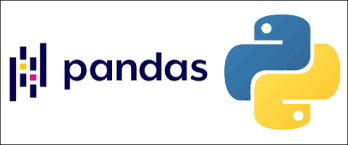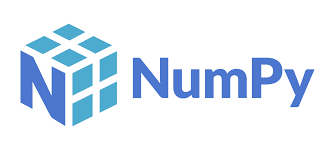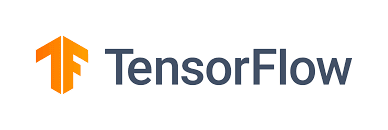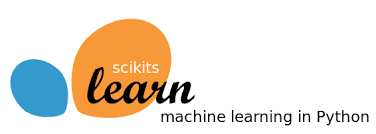1. Pandas
Pandas is a Python package that provides fast, powerful, flexible and easy to use open source data analysis and manipulation and analysis tool,built on top of the Python programming language.
In particular, it offers data structures and operations for manipulating numerical tables and time series.
Uses of Pandas
- Data Structure
- Data cleansing
- Data filling
- Data normalization
- Merges and joins
- Data visualization
- Statistical analysis
- Data inspection
2. Numpy
NumPy is a library for the Python programming language, that offers comprehensive mathematical functions, random number generators, linear algebra routines, Fourier transforms,multi-dimensional arrays and matrices, along with a large collection of high-level mathematical functions to operate on these arrays.
Uses of Numpy
- Vector-Vector,Matrix-Matrix and Matrix-Vector multiplication
- Reduction, statistics
- Element-wise or array-wise comparisons
- Linear Algebra operations
- Bitwise Operators
- Linear Algebra
- Copying and viewing arrays
- Stacking
3. SciPy
SciPy is a Python-based ecosystem of open-source software for mathematics,scientific computing and technical computing. SciPy contains modules for optimization, linear algebra, integration, interpolation, special functions, FFT, signal and image processing, ODE solvers and other tasks common in science and engineering.
Uses of scipy
- Optimization
- Linear algebra
- Integration
- Interpolation
- Signal and Image processing
4. Matplotlib

Matplotlib is a comprehensive library for creating static, animated, and interactive visualizations in Python programming language and its numerical mathematics extension NumPy. It provides an object-oriented API for embedding plots into applications using general-purpose GUI toolkits like Tkinter, wxPython, Qt, or GTK
Uses of Matplotlib
- Histograms, Spectrograms
- 2D plots
- Line Plot,Scatter Plot
- Bar Chart,Pie Chart
5. Seaborn
Seaborn is a Python data visualization library based on matplotlib. Many data scientists prefer seaborn over matplotlib due to its high-level interface for drawing attractive and informative statistical graphics.
Uses of Seaborn
- Distribution Plots
- Pie Chart & Bar Chart
- Scatter Plots
- Pair Plots
- Heat maps
6. TensorFlow
TensorFlow is an open source platform for machine learning. It has a comprehensive, flexible ecosystem of tools, libraries and community resources that lets researchers push the state-of-the-art in ML and developers easily build and deploy ML powered applications. It can be used across a range of tasks but has a particular focus on training and inference of deep neural networks.
Uses of Tensorflow
- Voice/Sound Recognition
- Classification, Perception
- Understanding
- Discovering
- Prediction and Creation.
7. Scikit Learn
Scikit-learn is a free software machine learning and data analysis library for the Python programming language. It features various classification, regression and clustering algorithms including support vector machines
Uses of Scikit Learn
- Regression and clustering
- Model selection
- Dimensionality reduction
- Ensemble methods
- Feature extractionFeature selection
- Parameter Tuning
- Manifold Learning
- Supervised Models
8. PyTorch
PyTorch is an source machine learning framework that accelerates the path from research prototyping to production deployment. it is used for applications such as computer vision and natural language processing, primarily developed by Facebook's AI Research lab.
Uses of PyTorch
- Distributed Training
- Robust Ecosystem
- Cloud support
- Production Ready
9. Keras

Keras is an open-source software library that provides a Python interface for artificial neural networks. Keras acts as an interface for the TensorFlow library.
It is API designed for human beings, not machines. Keras follows best practices for reducing cognitive load
Uses of Keras
- High-level neural networks AP
- Multi-GPU & distributed training
- Activation, and cost functions
- TensorFlow Cloud Support
10. PyCaret
PyCaret is an open source, low-code machine learning library in Python that allows you to go from preparing your data to deploying your model within minutes in your choice of notebook environment.
Uses of PyCaret
- Building ensemble models
- Encoding categorical data,
- Feature engineering
- Hyperparameter tuning
- Model deployment.














Top comments (0)